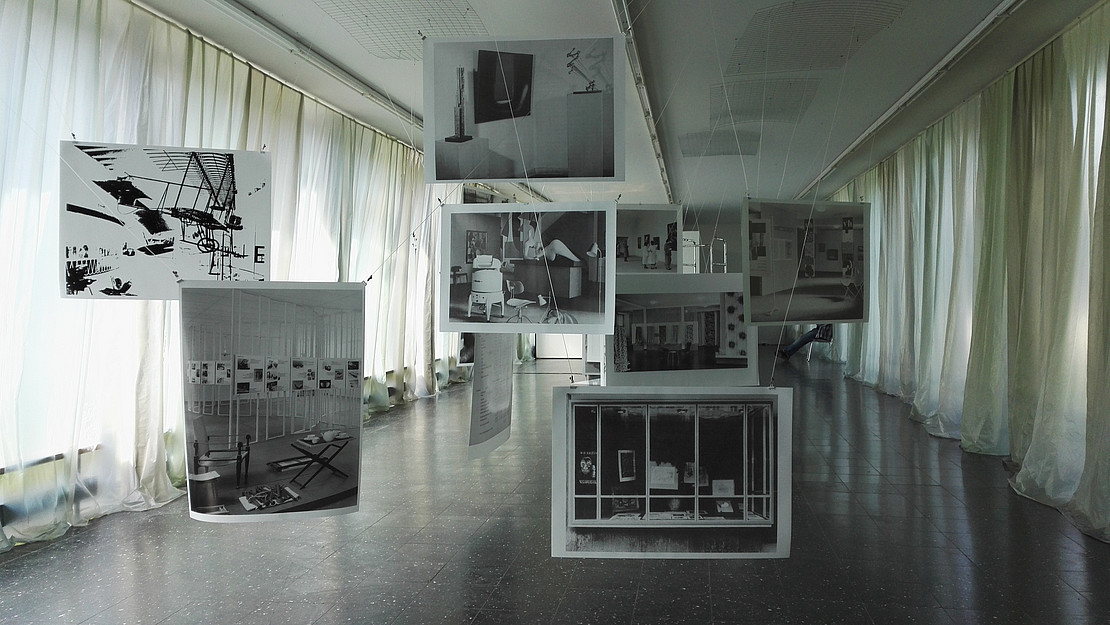Study structure
This page contains automatically translated content.
General information
The Master's degree course in Art History covers a broad spectrum of topics in art history, which are covered in research and practice-oriented courses and can be combined with experience abroad. Students have the opportunity to choose their own areas of specialization and benefit from the diverse research profiles of the teaching staff.
Module overview
Module 1 is characterized by the linking of theoretical knowledge with curatorial and artistic practice. The courses make use of contacts to Kassel's diverse museum landscape or the proximity to the practical courses at the Kunsthochschule as part of cooperative project seminars. The focus is on applying the course content to typical fields of activity in the cultural sector. This includes, above all, the handling and verbalization of works of art, the reflection of perception processes, the conditions of artistic production and the examination of exhibition discourses and their criticism.
Module 2 is dedicated to research practice: students carry out their own research project, for example by identifying current research gaps in art studies and working on them in a planned and critical manner. In doing so, they practise key skills such as designing projects, researching and contextualizing specific topics and, last but not least, presenting their findings in writing in preparation for the academic world.
Module 3 focuses on deepening knowledge of art theory. In philosophy courses on various positions in aesthetics, fundamental questions on the definition and interpretation of art are explored in greater depth. Students consolidate important cross-epochal knowledge on questions of aesthetics and their development in the respective art-historical context.
In this module, students deal with the history of exhibitions and the complex conditions and possibilities of curatorial action in the past and present. Reflection on the interactions between the actors involved, such as exhibition venues, the art trade, curators and the public, plays a central role and is also dealt with in relation to the problems of later professional life.
In Module 5, artistic design processes are considered in their effect as knowledge transfers. This is done on the basis of larger knowledge contexts of art history such as art centers, schools or media phenomena, and on the basis of interdisciplinary courses that enable reflection on the subject of art studies in exchange with other departments of the university. In addition, practice-oriented courses and a semester abroad offer students the opportunity to broaden their horizons.
The focus of the sixth module is the examination of art historical phenomena in international comparison. This approach is also put into practice in the context of excursions and the intensive examination of buildings and works of art in other places and their associated cultural landscapes.
You complete your Master's degree by submitting your Master's thesis as an independent scientific elaboration of a topic and defending the research results in a colloquium.
Explanations of the coursework and examinations
In order to successfully complete the Master's degree course in Art Studies, students must complete various forms of coursework and examinations. In addition to the classic formats of presentations, minutes or written examinations, there is also an excursion presentation and project work, which is usually developed in a group, presented publicly in the form of an exhibition or publication and documented in a project report. The term papers, which are 15-20 pages long and require students to deal intensively with the respective topic, are essential for developing their own skills.
Student Advisory Service M.A. Art History
| Contact persons | Contact details |
|---|---|
Dr. Susanne Märtens | Menzelstr. 13-15 Room 3320/Südbau Phone: +49 561 804 5403 |
